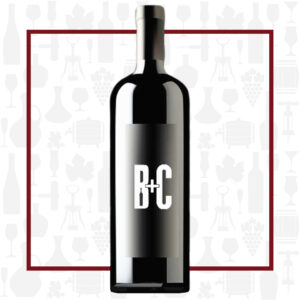Cellar Profile
Region
Located in the southwest of Switzerland lies the wide, glacial Rhône valley known as the Valais—one of 26 cantons that form the Swiss Confederation. The Valais region benefits from a particular microclimate as a result of its latitude and the fact that the valley is situated in between the Bernese Alps in the north and the Pennine Alps in the south. Home to the highest peaks in the Swiss Alps, more than 50 mountains exceed 4,000 meters—the highest of which reaches 4,634 meters (15,203 feet). At altitudes like this, the region is one of the wettest in the country. That being said, air loses its humidity when passing summits above 4,000 meters and forces a strong, dry, downward wind into the Rhône valley (known as the Föhn), deeming it the driest valley and wine producing region in Switzerland. This continental dichotomy creates ideal growing conditions; the crisp, dry air provokes a diurnal shift that is particularly helpful in the spring when the risk of frost is high, as well as in the fall, helping to ensure slow ripening. Overall, the Valais plain receives less than 600 millimetres of rain per year and more than 2,000 hours of sunshine during the growing season. At 5,000 hectares, the Valais is the largest AOC in Switzerland and accounts for a third of the total wine production.
Vineyard
One of the key philosophies in the vineyards for Jean-René Germanier is striking a balance between the amount of leaf surface and the quantity of grapes on the vine—an extremely important relationship when it comes to photosynthesis; more leaves means more vigour which often results in an abundance of grapes with low concentration. Leaf plucking and dropping fruit controls yields and boosts flavours. In addition to lowering yields, farming organically without the use of herbicides and pesticides, harvesting by hand are of utmost importance. This Pinot Noir comes from the Grand Cru vineyards of Balavaud who’s hillsides are steep, and topography and altitude are vital factors in local viticulture and winemaking.
Varieties
Pinot Noir grapes are grown around the world, mostly in the cooler climates, and the grape is chiefly associated with the Burgundy region of France. The grape’s tendency to produce tightly packed clusters makes it susceptible to several viticultural hazards involving rot that require diligent canopy management. When young, wines made from pinot Noir tend to have red fruit aromas of cherries, raspberries and strawberries. As the wine ages, pinot has the potential to develop more vegetal and earthy aromas that can contribute to the complexity of the wine. The thin skins and low levels of phenolic compounds lends pinot to producing mostly lightly coloured, medium-bodied and low-tannin wines that can often go through phases of uneven and unpredictable aging.
Winemaking
Maceration and fermentation occur in stainless steel before being racked for an additional 8 months in stainless on the fine lees.
Tasting Notes
Bright Ruby in the glass. The aromatics are are robust with strawberry, cranberry, damp earth and dried leaves. The palate is extremely expressive with red fruit, a slight chalky characteristic and a hint of smoky game. The balance between supple tannins and acidity lead to a beautiful finish.

 info@buyersandcellars.ca
www.buyersandcellars.ca
info@buyersandcellars.ca
www.buyersandcellars.ca